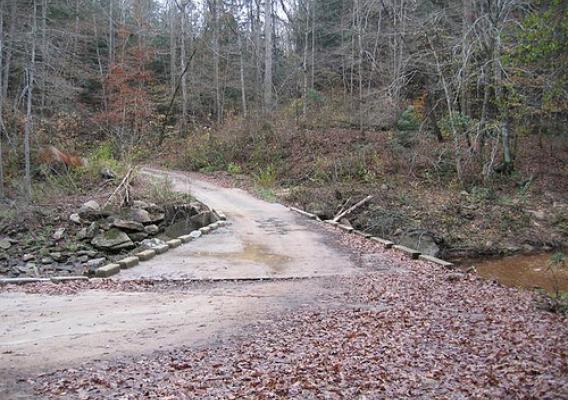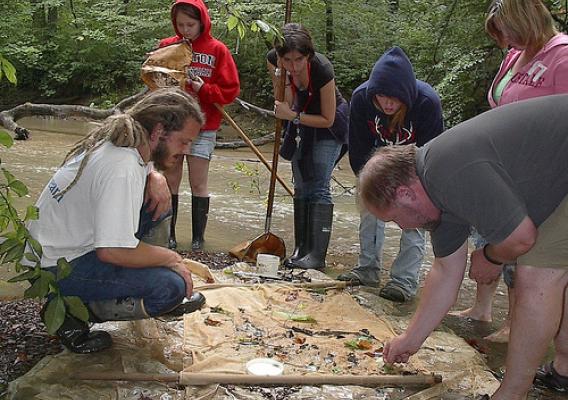For most Americans, advanced health care facilities that can treat almost any kind of ailment are just a short drive away. But picture you or a loved one in your rural community enduring a life-threatening illness or injury, and having to travel extended distances for medical attention. Compounding the issue – treacherous travel conditions during the winter months when remote roads are hazardous and sometimes closed due to weather.
Now completed a new Native health center in Wasilla means Alaska Natives living along the Parks and Glenn Highways will no longer have to make long 100 mile, round-trip drives to Anchorage to receive routine medical care.
The American Recovery and Reinvestment Act, through USDA Rural Development, provided $40 million in Direct Community Facilities Loan funding and $10 million in a Guaranteed Loan through Wells Fargo Bank. Besides providing construction jobs, the facility will employ 200 staff including healthcare professionals. Available services provided include primary medical care, dental, behavioral health, optometry, health education, wellness and traditional medicine.









